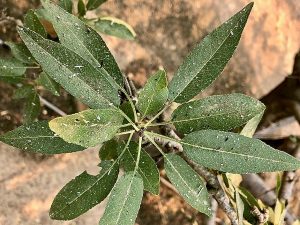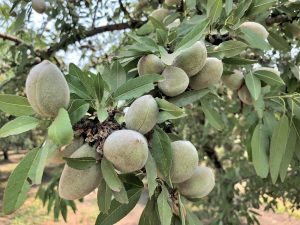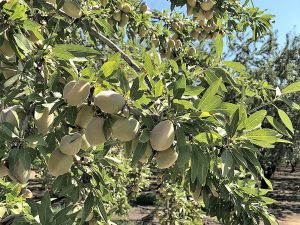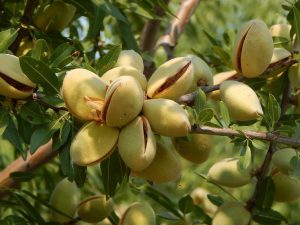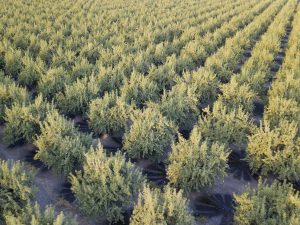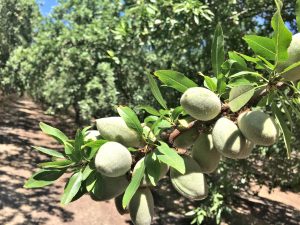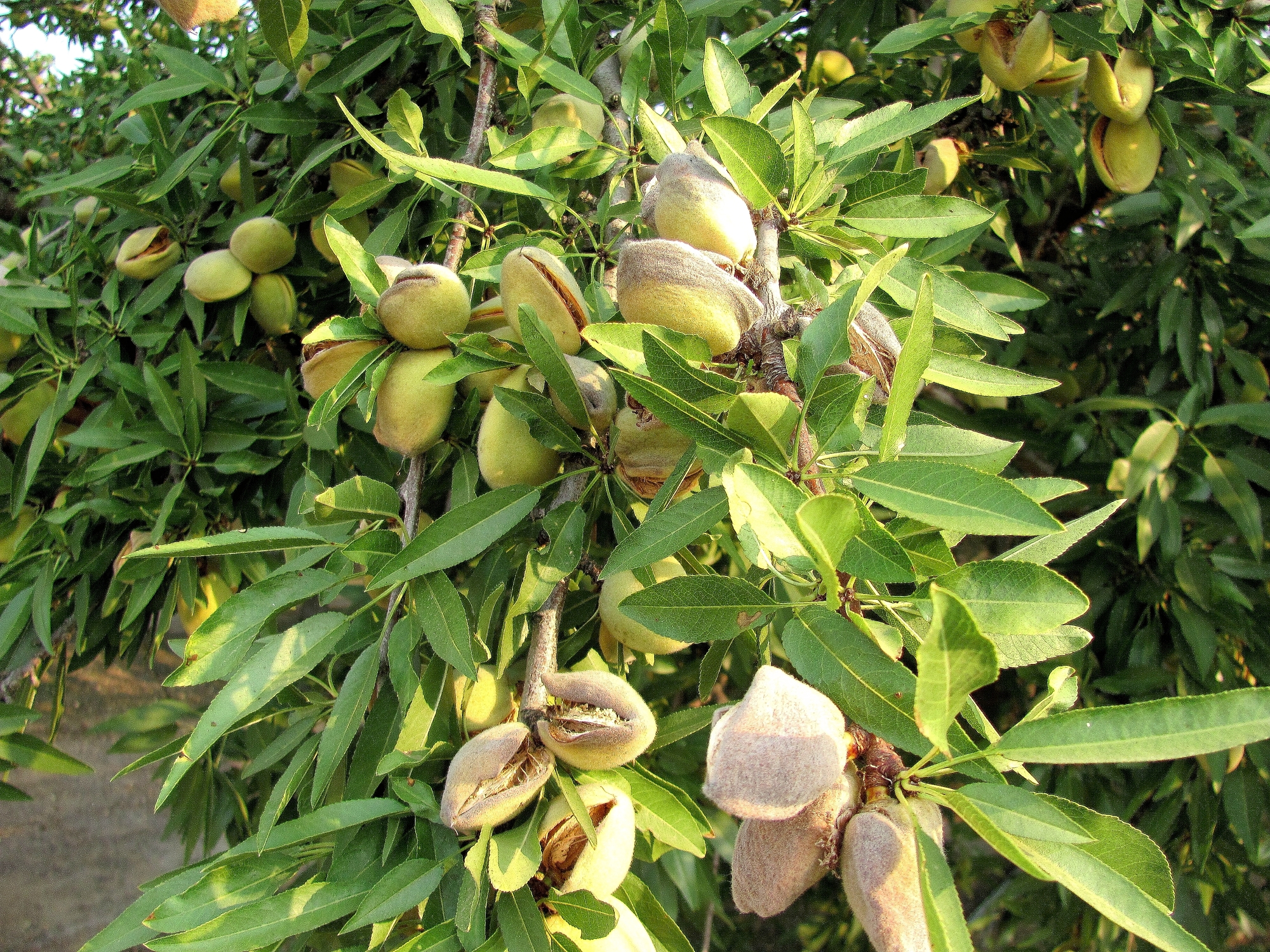
This report covers conditions and observations made between Monday, July 2 and Sunday, August 5, 2018. The next scheduled report will be posted on Tuesday, September 4, 2018. In the event of any significant occurrences prior to that date, this site will be updated as soon as possible.
July in the Central Valley is known for bringing the hottest temperatures of the year, and July 2018 certainly lived up to that reputation. Coolest conditions were reported in the Sacramento and northern San Joaquin Valley’s in the period’s opening days, when temperatures topped out in the mid-80’s to mid-90’s. However, temperatures heated quickly, ranging from the upper 90’s to as high as 105 degrees on most days of the period, with the only respite coming in the first days of August, when readings topped out in the mid 90’s under smoky skies. Morning low temperatures were widely reported in the low to mid 60’s with coolest temperatures dipping into the upper 50’s during the first week of July. The high temperatures were made even more uncomfortable by the poor air quality that plagued much of the valley during the latter half of the period, as smoke from multiple forest fires reduced visibility to a few miles throughout the Central Valley. The smoke has been so heavy that growers in the Sacramento Valley reported ash falling from sky covering their trees.
Observers are reporting that the high temperatures that reigned over California’s orchards during July have increased orchard’s water demands and stress levels in all areas of the valley. Growers have been aggressively working to supply their orchard’s water needs, increasing the frequency of irrigation in an effort to prevent adverse impacts from the elevated stress levels. However, in many cases, the hot conditions have pushed the trees to move more water through the leaves than the roots are able to pull from the soil.
Growers spent much of the period preparing for the harvest. Aside from irrigation, mowing vegetation on the orchard floor, applying ant bait formulations to protect the crop while it dries on the floor and treating to control Navel Orange Worm, NOW, were just a few of the prime activities during the period.
Observers are reporting a very diverse hull split in all growing areas, the product of weather events during the growing season. First, the freezing temperatures during the bloom reduced the pace of development, creating an extended bloom period. This produced nuts of widely ranging maturity within the same tree. Secondly, the hot conditions experienced during July increases stress within the trees, effectively wilting the trees and hulls, which slows progression of the hull split to a crawl. The end result is a very wide range of maturity. Growers are reporting that in any cases while the tops of their trees have split well, nuts deeper in the canopy are trailing far behind.
While the orchards struggle through the heat, NOW continues to develop. Growers and their Pest Control Advisors are keenly aware of the damage caused by NOW in the 2017 crop. Advisors have been monitoring insect development closely throughout the year and have worked to properly time treatments to reduce the potential for damage. Unfortunately, the diverse hull split complicates their efforts to properly time controls with the insect’s proper stage of the development, increasing the potential for damage.
While the vast majority of growers will not begin their harvest for another two to three weeks, shakers were sent into several of the most advanced Nonpareil plantings in Kern County during the third week of July. Shakers also moved into additional Nonpareil and Independence plantings during the final week of the period. However, growers have noted that that the variable maturity is complicating their decision on when to start shaking. Shake too soon and many ”green” nuts will remain in the trees. Wait to long for the green nuts to mature and the more mature nuts will be too dry and also remain in the trees.
Huller/sheller managers have also been preparing for the harvest. Product from the first orchards to be shaken was swept and picked up during the final week of the period. However, huller managers have opted to stockpile the product until enough has been accumulated to warrant the start of the hulling season.
As this report was being prepared, growers in all areas of the valley were anticipating the start of their harvest. Last minute preparations were being completed and all are anticipating that harvest will reach a sustained peak of activity quickly in the coming weeks.
By Mel Machado
Photos by Ernie Reichmuth, KC Stone, Dennis Meinberg, Jereme Fromm, Mel Machado and Dan Cummings

